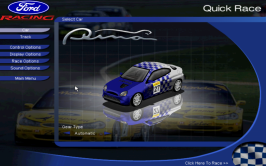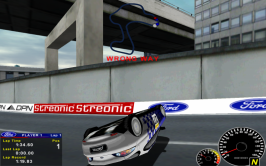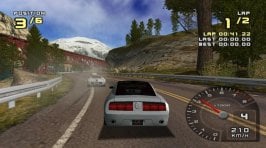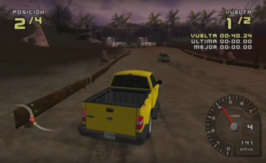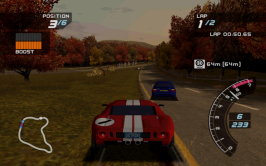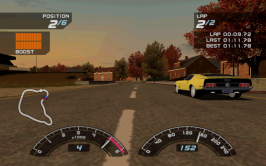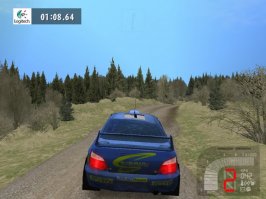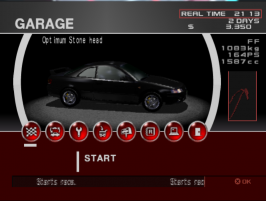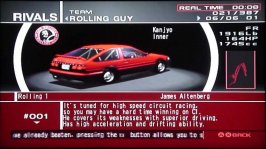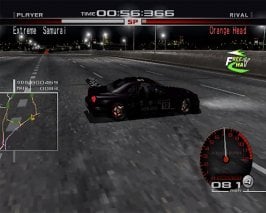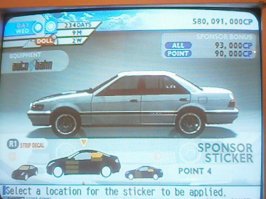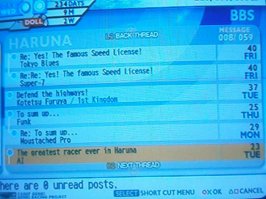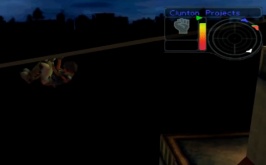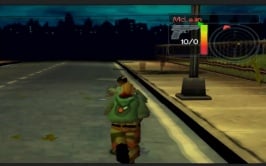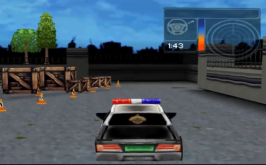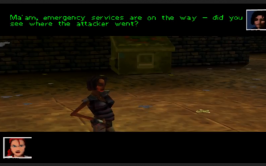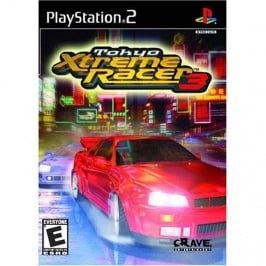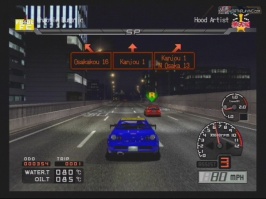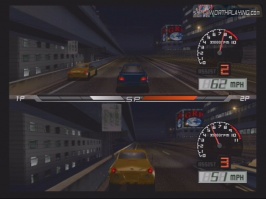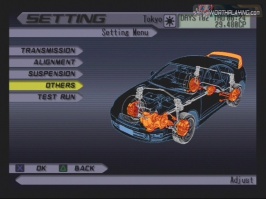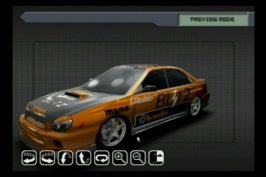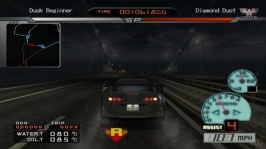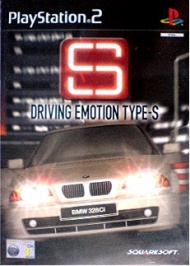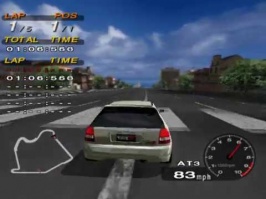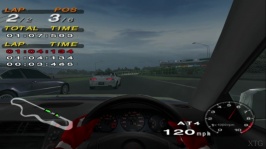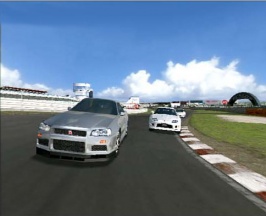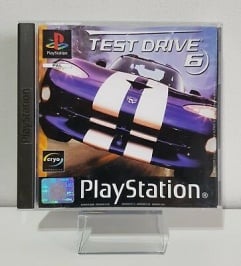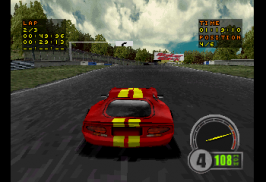- 5,197

- Manila
- Filracer
WWE Smackdown Here Comes The Pain! or Exciting Pro Wrestling! 5 for Japan (2003, PS2)

I didn't know Torrie Wilson was in the cover when I got HCTP for the first time.
WWE Smackdown Here Comes The Pain is the 5th Smackdown! game to be featured in THQ's WWE games. This is also the first time where any of the Rock's quotes was not used in the Smackdown title and the last game to use Smackdown! name before replacing it with Smackdown vs Raw which was used until 2011.
This game was also the benchmark for every wrestling fan saying that this and WWF No Mercy on the N64 (We'll get to that soon) are the best WWE/WWF games. So let's jump right in to HCTP.
This game is the sequel to Smackdown! Shut Your Mouth and right away when you play Here Comes The Pain it plays like Shut Your Mouth but improved. Introducing new matches like Elimination Chamber and Bra and Panties (I know you guys like to play that match a lot especially when stripping Trish Stratus), HCTP completely brought out what Ruthless Aggression is. Of course the Hardcore match was improved as well and like its predecessors it has different stages to play on.
Now let's go to the positives and negatives:
Positives:
- Improved gameplay from Shut Your Mouth.
- Legends now added such as Deadman ver.1 Undertaker, Sgt. Slaughter, The Road Warriors, Jimmy "Superfly" Snuka, and more.
- Season Mode has been improved.
- New match types added such as Elimination Chamber, etc.
- Improved controls on grappling wrestlers.
- New movesets
- Better roster than Shut Your Mouth (You get access to Goldberg, Scott Steiner, ABA Taker, Thuganomics Cena, and more.)
Negatives:
- The last WWE game to feature Steve Austin and The Rock as active wrestlers before Austin came back as legend for future WWE games while The Rock came back as part timer but updated for WWE '12 and featuring his Rocky Maivia and Attitude Era Rock for future WWE games.
- Limited creation suite for entrance sets such as music, videos, etc.
- No title matches. You can only have title matches at Season Mode. But title matches would later come back for SVR '06.
- No commentary from either Jerry Lawler and Jim Ross or Michael Cole and Tazz. Just music.
Conclusion:
This and No Mercy are the benchmarks for wrestling games and I have to agree. No Mercy offers better gameplay and career progression while HCTP has fun and faster gameplay. Of course once the SVR name started that's where they started falling down a bit in terms of quality (Only SVR '05 was the bad SVR game) and once they were bought by 2K Games, their quality hasn't been the same since HCTP (TBH 2K17 was not really a good game). So for this one? 8.5/10.

I didn't know Torrie Wilson was in the cover when I got HCTP for the first time.
WWE Smackdown Here Comes The Pain is the 5th Smackdown! game to be featured in THQ's WWE games. This is also the first time where any of the Rock's quotes was not used in the Smackdown title and the last game to use Smackdown! name before replacing it with Smackdown vs Raw which was used until 2011.
This game was also the benchmark for every wrestling fan saying that this and WWF No Mercy on the N64 (We'll get to that soon) are the best WWE/WWF games. So let's jump right in to HCTP.
This game is the sequel to Smackdown! Shut Your Mouth and right away when you play Here Comes The Pain it plays like Shut Your Mouth but improved. Introducing new matches like Elimination Chamber and Bra and Panties (I know you guys like to play that match a lot especially when stripping Trish Stratus), HCTP completely brought out what Ruthless Aggression is. Of course the Hardcore match was improved as well and like its predecessors it has different stages to play on.
Now let's go to the positives and negatives:
Positives:
- Improved gameplay from Shut Your Mouth.
- Legends now added such as Deadman ver.1 Undertaker, Sgt. Slaughter, The Road Warriors, Jimmy "Superfly" Snuka, and more.
- Season Mode has been improved.
- New match types added such as Elimination Chamber, etc.
- Improved controls on grappling wrestlers.
- New movesets
- Better roster than Shut Your Mouth (You get access to Goldberg, Scott Steiner, ABA Taker, Thuganomics Cena, and more.)
Negatives:
- The last WWE game to feature Steve Austin and The Rock as active wrestlers before Austin came back as legend for future WWE games while The Rock came back as part timer but updated for WWE '12 and featuring his Rocky Maivia and Attitude Era Rock for future WWE games.
- Limited creation suite for entrance sets such as music, videos, etc.
- No title matches. You can only have title matches at Season Mode. But title matches would later come back for SVR '06.
- No commentary from either Jerry Lawler and Jim Ross or Michael Cole and Tazz. Just music.
Conclusion:
This and No Mercy are the benchmarks for wrestling games and I have to agree. No Mercy offers better gameplay and career progression while HCTP has fun and faster gameplay. Of course once the SVR name started that's where they started falling down a bit in terms of quality (Only SVR '05 was the bad SVR game) and once they were bought by 2K Games, their quality hasn't been the same since HCTP (TBH 2K17 was not really a good game). So for this one? 8.5/10.




